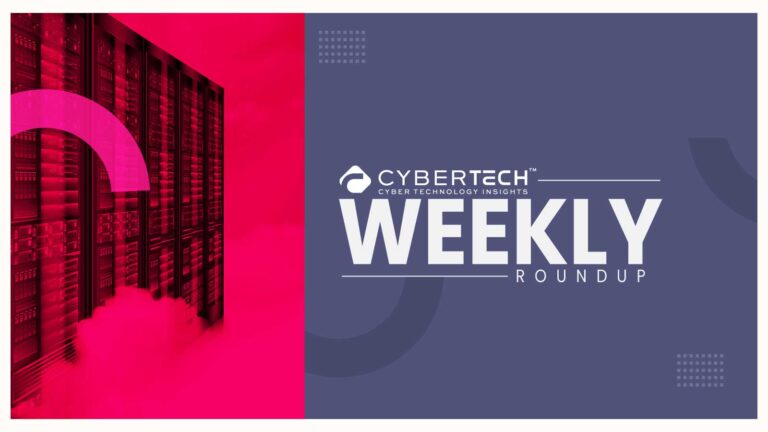Cisco Issues Out-of-Band Emergency Patch for ISE Vulnerability, Allows Remote Takeover Without Credentials. They have resolved a critical security vulnerability (CVE-2025-20337) in their Identity Services Engine (ISE). This alerts businesses to unauthenticated root access risks with a CVSS severity level of 10.0.
The vulnerability affects Cisco ISE versions 3.3 and 3.4. Enterprise network infrastructures widely use these for policy enforcement. It is based on identification, segmentation, and access control. According to Cisco, someone can exploit the vulnerability without authentication or user input. Eventually, this made it a serious issue for enterprise infrastructure providers and security specialists.
Cisco Vulnerability towards ISE
Cisco ISE is a key component in the majority of enterprises’ identity and access architectures. It offers dynamic policy assignment, endpoint annotation, and also network secure access. The vulnerability identified in CVE-2025-20337 stems from a lack of proper input validation. That too within the web administration interface, notably its exposed HTTP-based APIs.
Cisco’s internal security team discovered the problem as part of routine testing. According to the vendor, a remote attacker might exploit the vulnerability. Attackers sent specially crafted API queries to a vulnerable ISE instance to achieve this. A successful exploit would result in the unauthorized execution of arbitrary instructions at the root level on the host operating system.
“No authentication is needed for exploitation,” Cisco’s advisory verified. “CVE-2025-20337 presents particular peril for ISE deployments exposed to public or unsegmented internal networks.”
As of now, there is no evidence that this vulnerability has been effectively exploited in the wild. However, due to the nature of the vulnerability and the widespread use of Cisco ISE on major commercial and government networks. Opportunistic or targeted attacks increase the danger. The Network Access Control market is expected to grow from US$4.52 billion in 2024 to US$5.8 billion in 2025. This is too with a CAGR of 28.5%, reaching US$16.47 billion by 2029.
Cisco Versions Affected and Fix Now Available
Cisco has published details verifying that the vulnerability affects the versions Cisco ISE 3.4 and Cisco ISE 3.3 of its ISE software.
Versions before 3.2 do not affect. New software packages resolving the vulnerability for both affected versions are now available from Cisco. We highly recommend that customers with subsequent versions of Cisco ISE 3.3 and 3.4 upgrade now to the fixed versions.
CVE-2025-20337 has no temporary mitigation or workaround. Unlike some of the previously publicly disclosed vulnerabilities. The only effective protection is the installation of the updated software that contains the security fix. Cisco has delivered the fixed software on its Software Download Center. This was available to customers with active service contracts.
Cisco has also issued a detailed advisory with upgrade instructions. It impacted image information and security impact statistics. The team fixed the vulnerability on July 17, 2025. And applies to standalone and distributed ISE deployments.
A Trending Pattern of API-Based Attacks
Cisco ISE engineers found this second large bug in 2025, and it is a brand-new bug. Earlier in the year, Cisco pushed out CVE-2025-20281. Another input validation vulnerability in ISE that would enable privilege elevation. That vulnerability was based on authentication. Whereas CVE-2025-20337 is far more sinister with its unauthenticated access vector.
Industry observers are citing a trend of API-oriented exploitation on the rise. As more enterprise infrastructure becomes programmable and networked. Attackers are increasingly testing administrative and policy APIs for vulnerable logic or misconfiguration.
“CVE-2025-20337’s susceptibility to exploitation via HTTP APIs without requiring authentication is an indicator of just how severe it is to segregate critical infrastructure.” A cybersecurity expert explained on X (formerly Twitter). “Identity platforms must be handled like crown jewels, not as operational middleware by security teams.”
ISE is typical of most identity-based systems. Organizations typically install it in centralized data centers but can potentially make it available to distributed branches or manage it with VPNs. Eventually expanding the attack surface. The fact that it involves API exposure, root access, and remote exploitation. That, without authentication, makes it a top-level threat for security teams running enterprise access control systems.
Enterprise Risk and Operational Considerations
The CVE-2025-20337 exploit would have far-reaching consequences for enterprise security. Full System Compromise. That is, Root attackers through ISE can pivot between networks, disable security policies, or harvest credentials.
Policy Engine Manipulation ISE governs access enforcement between users through users, devices, and guests. An attacker can manipulate policies to create covert access or bypass segmentation. Loss of Trust in Identity Infrastructure. Since ISE is the central authority for zero trust frameworks, compromise at the ISE layer compromises the entire security stack.
Other than that, the lack of a workaround necessitates patch deployment within a scheduled maintenance window. They carry out patching of ISE with caution, not to cause disruption to services in high-availability deployments or live traffic enforcement for organizations. Cisco has advised backing up config files, auditing access logs, and rendering vulnerable APIs inaccessible from untrusted sources.
Cisco’s Response and Community Commentary
The credit for finding and fixing the vulnerability was given to the Cisco Product Security Incident Response Team (PSIRT). The firm practiced responsible disclosure and published the patch before it was too late. Cisco refused to discuss whether the bug had been added to newer builds or was present on previous versions.
Cybersecurity executives welcomed the transparency of the disclosure but also urged more attention to identity-layer threat dangers in contemporary enterprise architecture.
“Don’t think this is particular to Cisco,” said a recently retired CISO at a large health system. “All policy enforcement API vendors need to believe that they will be next on the hit list, by red teams or actual attackers.”
It’s a reality in the modern threat environment, where identity infrastructure is simultaneously the edge and the target, that CVE-2025-20337 is a good reminder of the need for proactive vulnerability management, API hardening, and segmentation of access.
Security Community Response and Future Direction
The finding of CVE-2025-20337 highlights the increasing difficulties involved in protecting identity-centric infrastructure in hybrid and distributed environments. Cisco’s quick response has mitigated initial risk to a minimum, but the enterprise community has to move fast now to implement available patches and inspect the security posture of their ISE implementations.
As web-based API adoption grows across identity platforms, the need for security teams to re-evaluate their policies on monitoring and exposure increases. Being a middle-of-the-chain enforcement engine across most organizations, Cisco ISE is the most coveted target and will remain so, as attackers would exploit any vulnerabilities in its interfaces.
CyberTechnology Insights will stay on top of Cisco ISE, CVE-2025-20337, and general identity and access vulnerability exploitation trends.
To participate in our interviews, please write to us at sudipto@intentamplify.com







